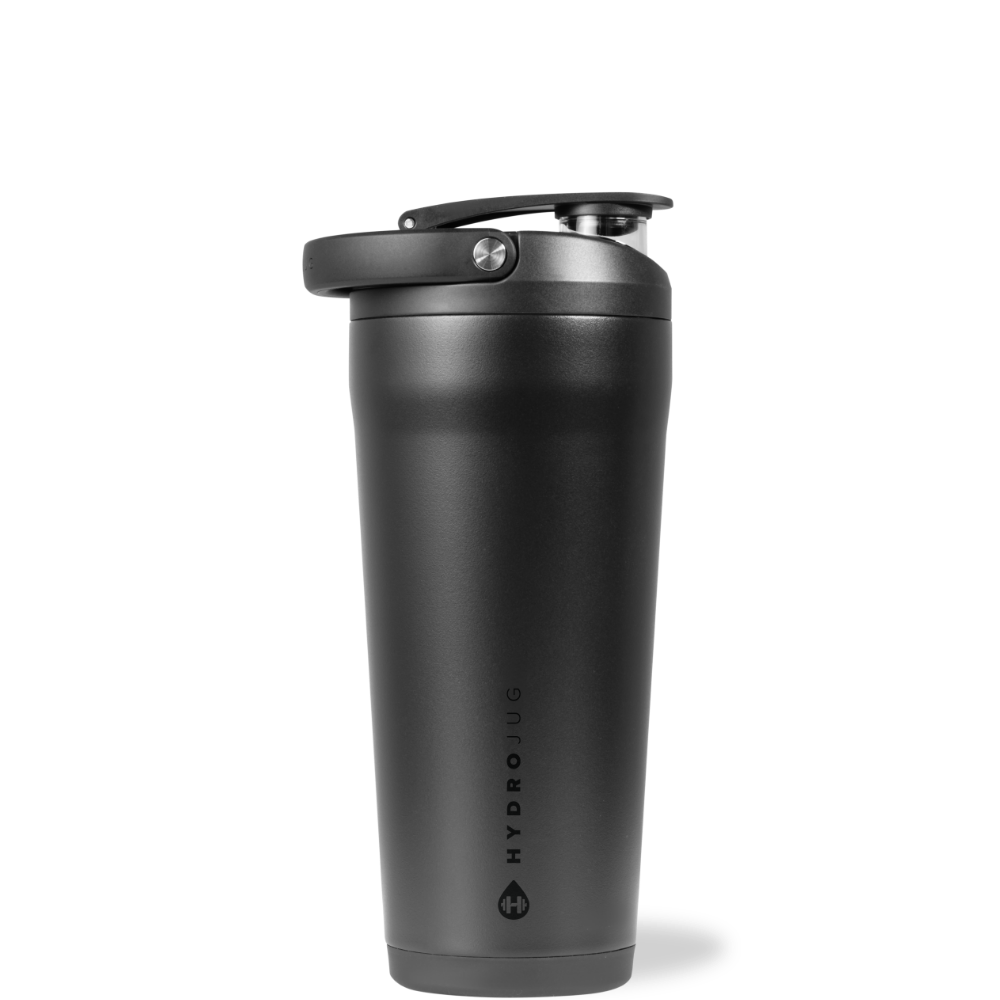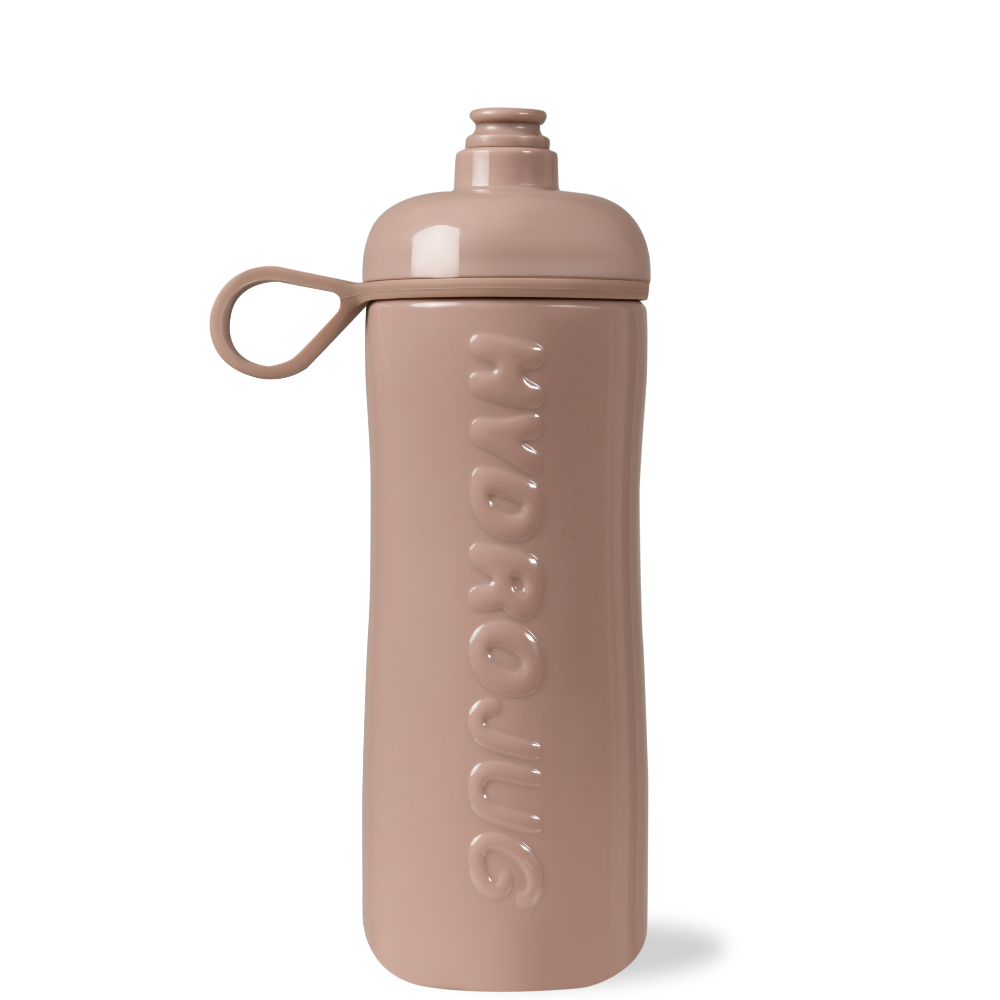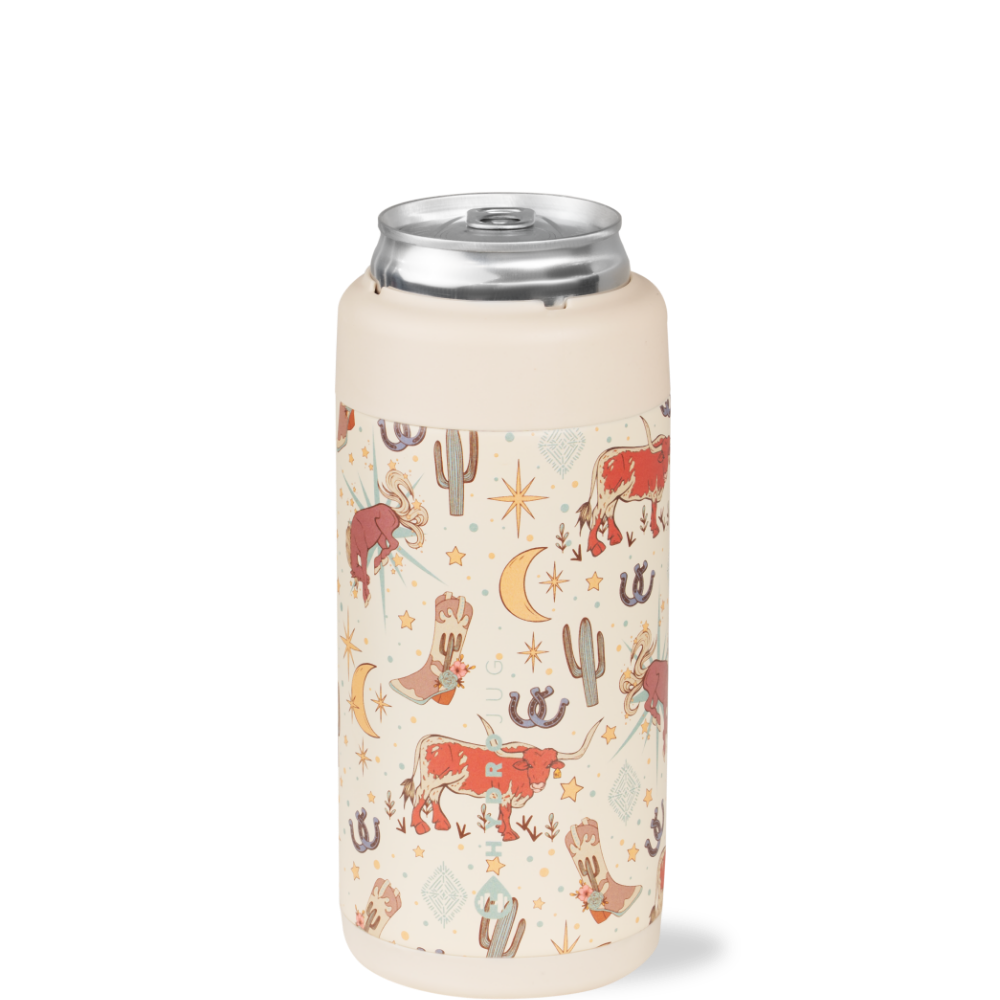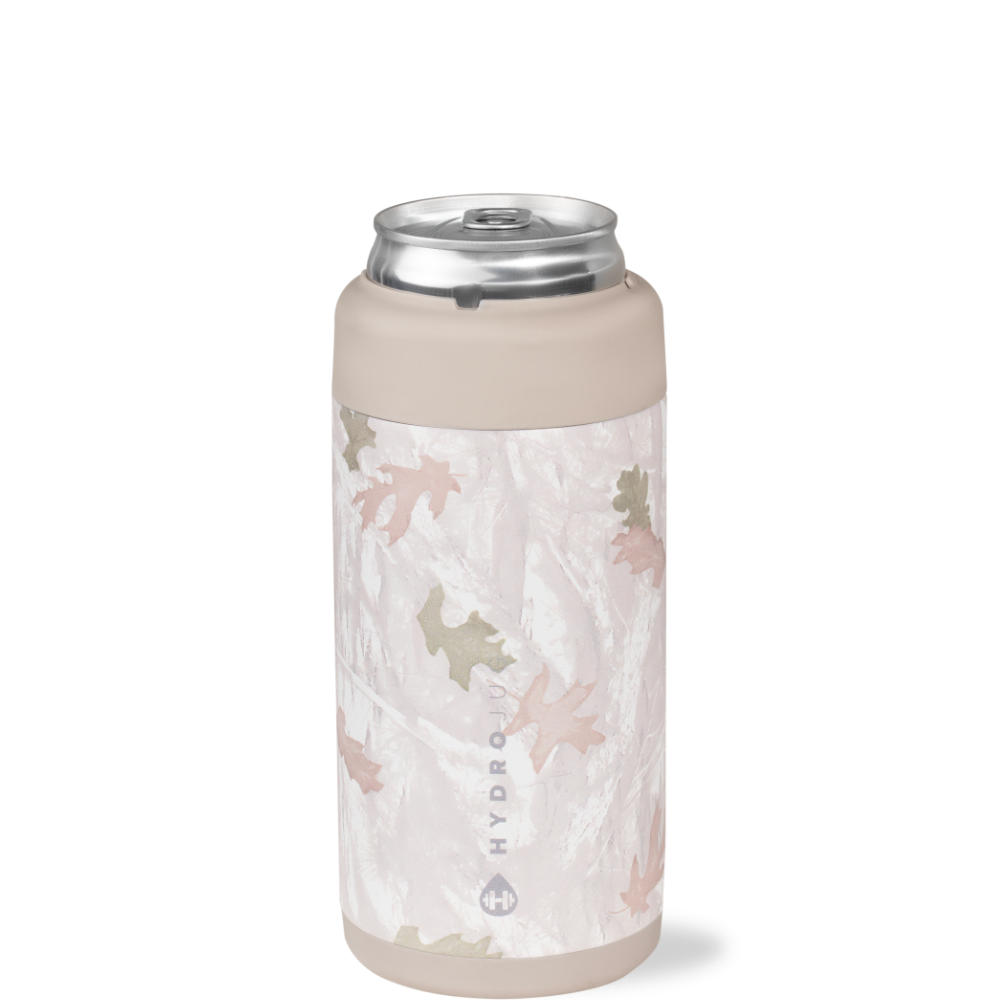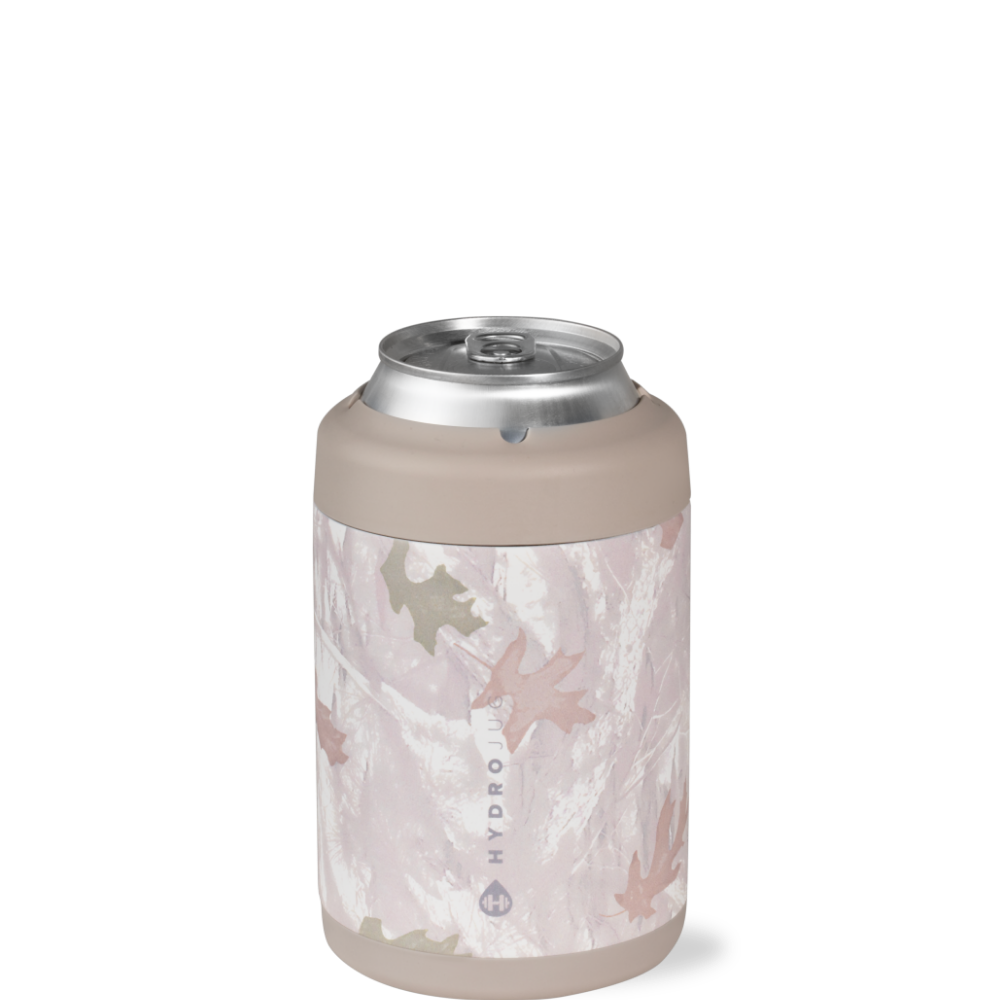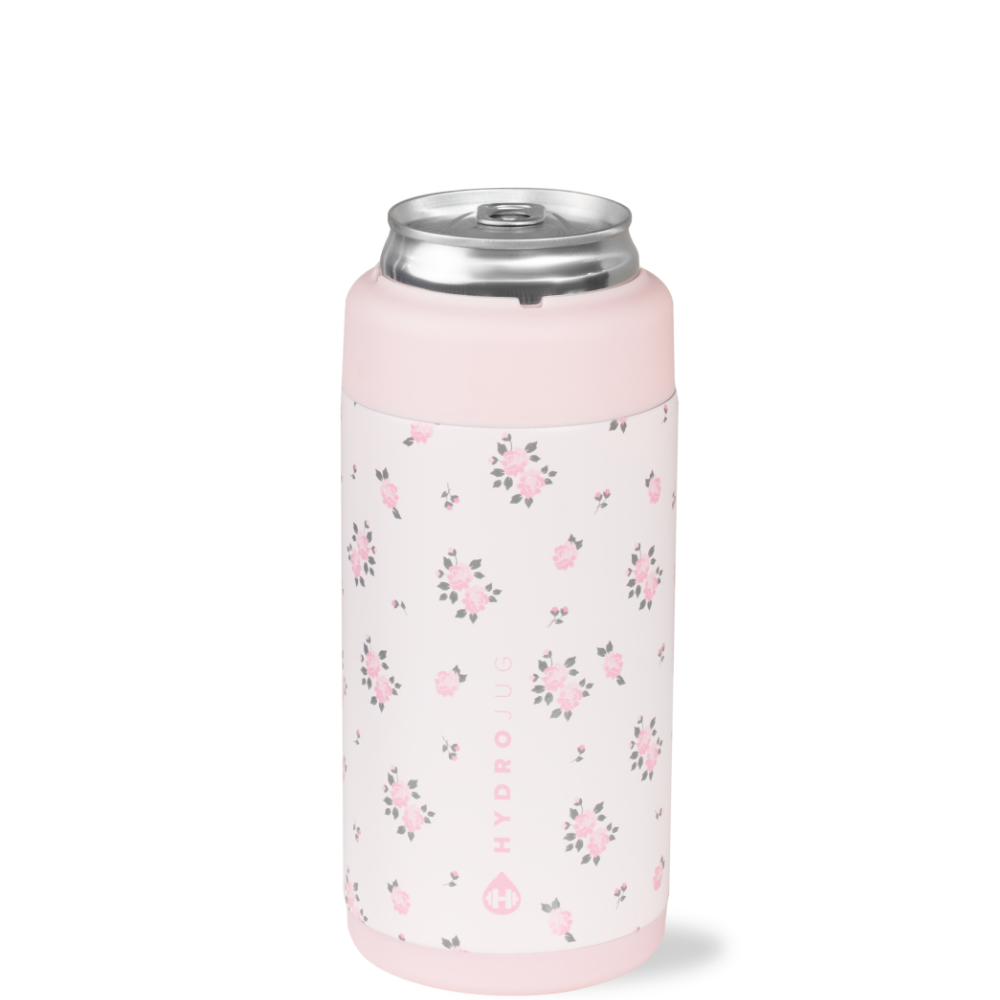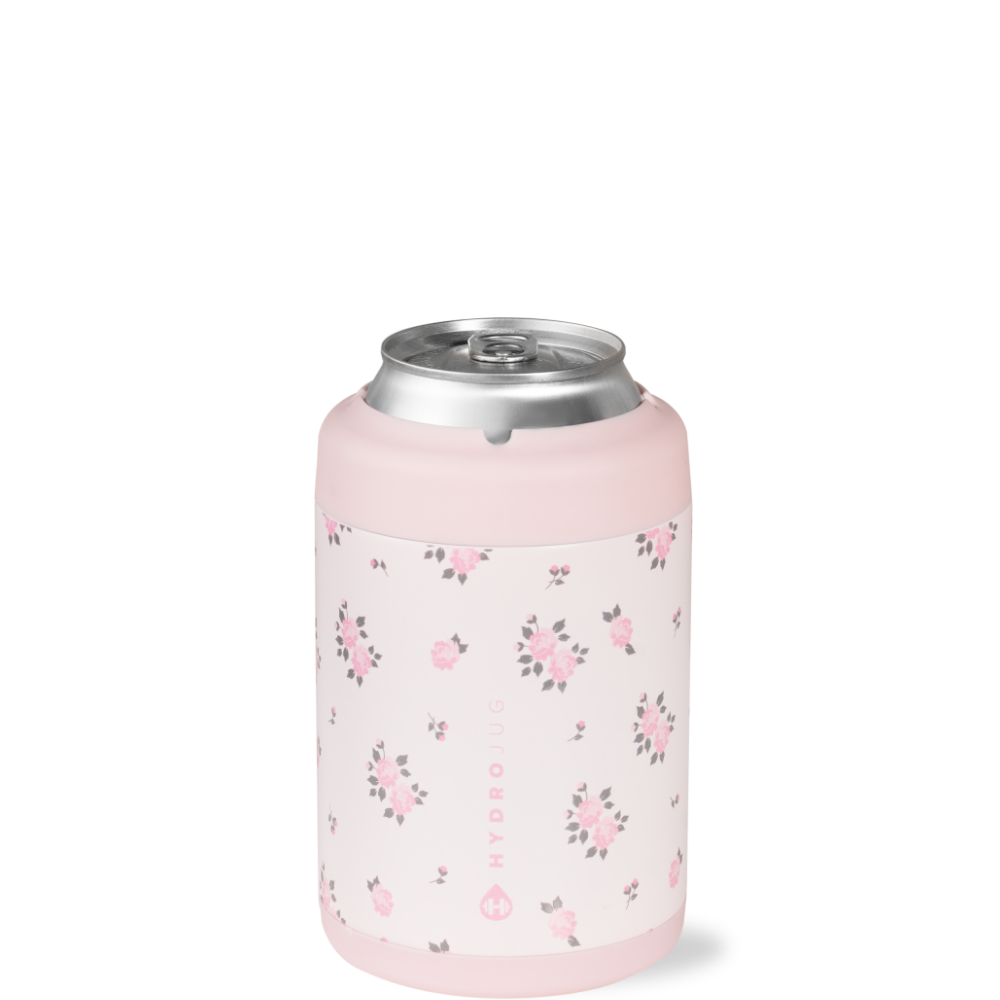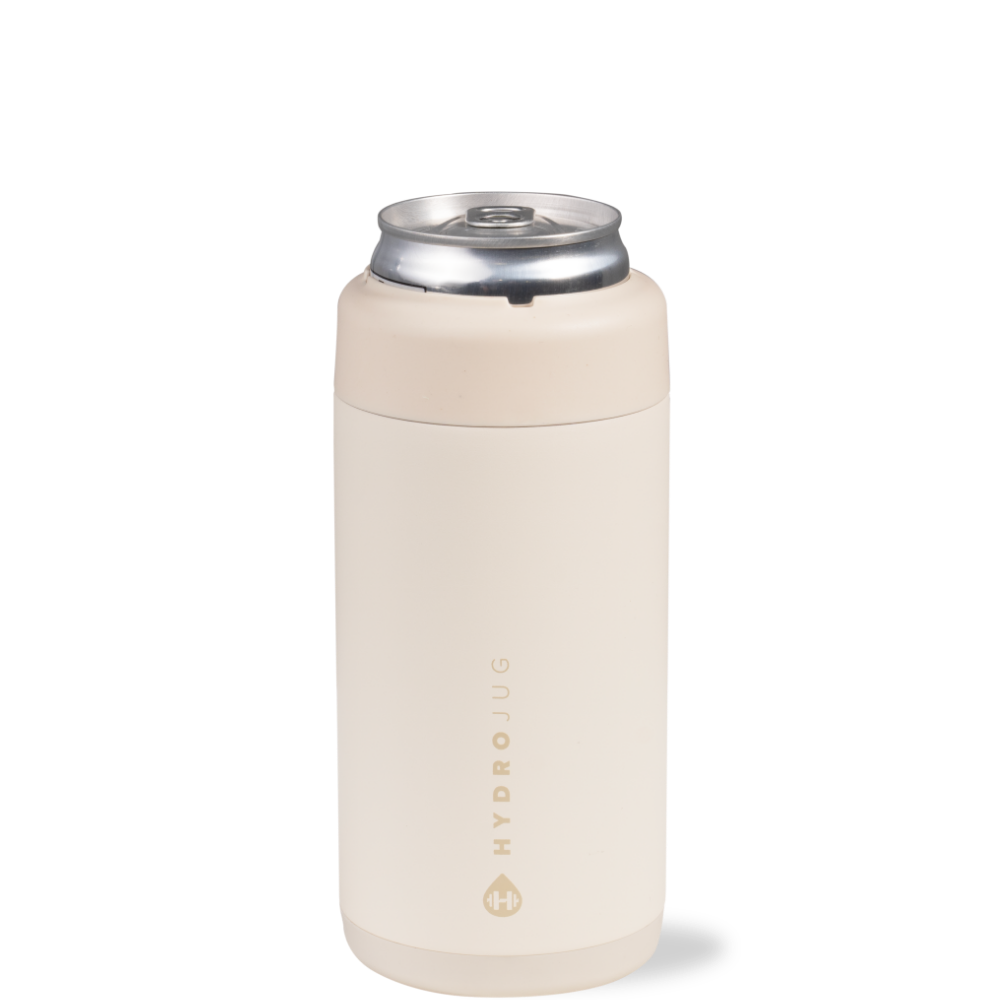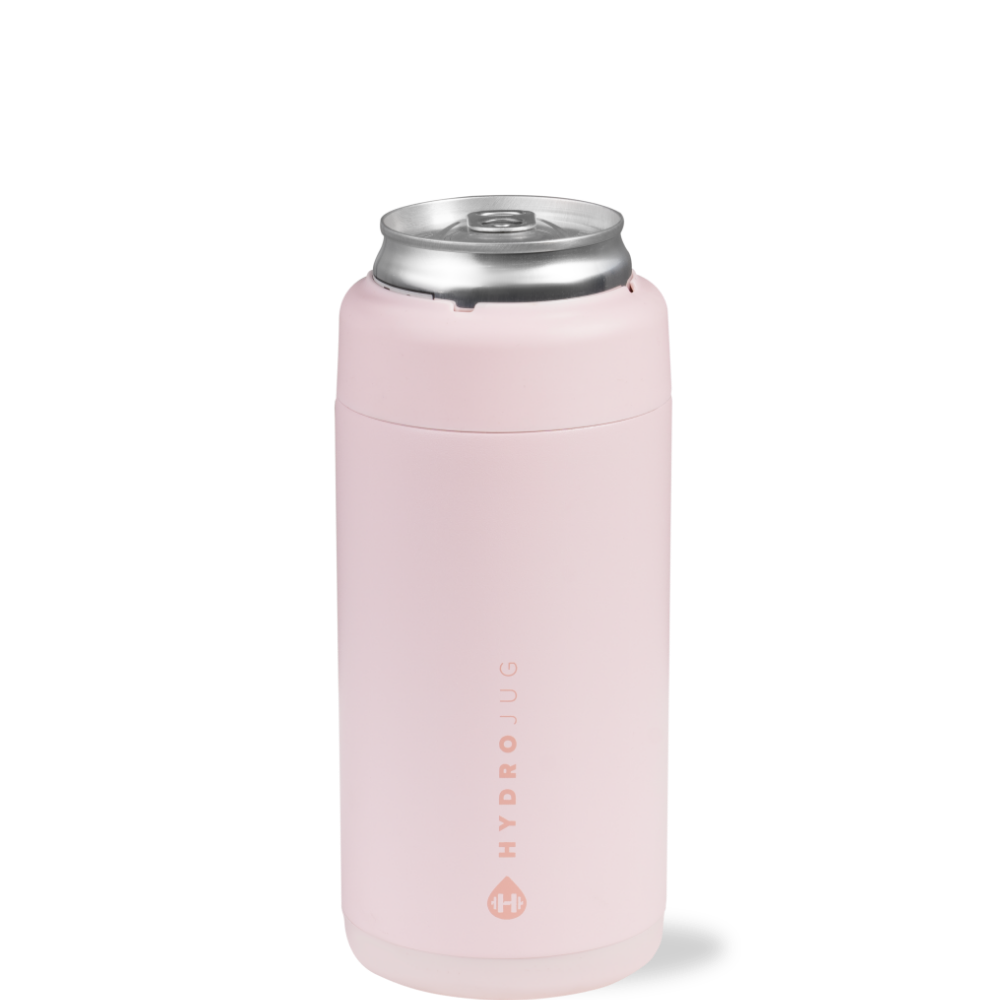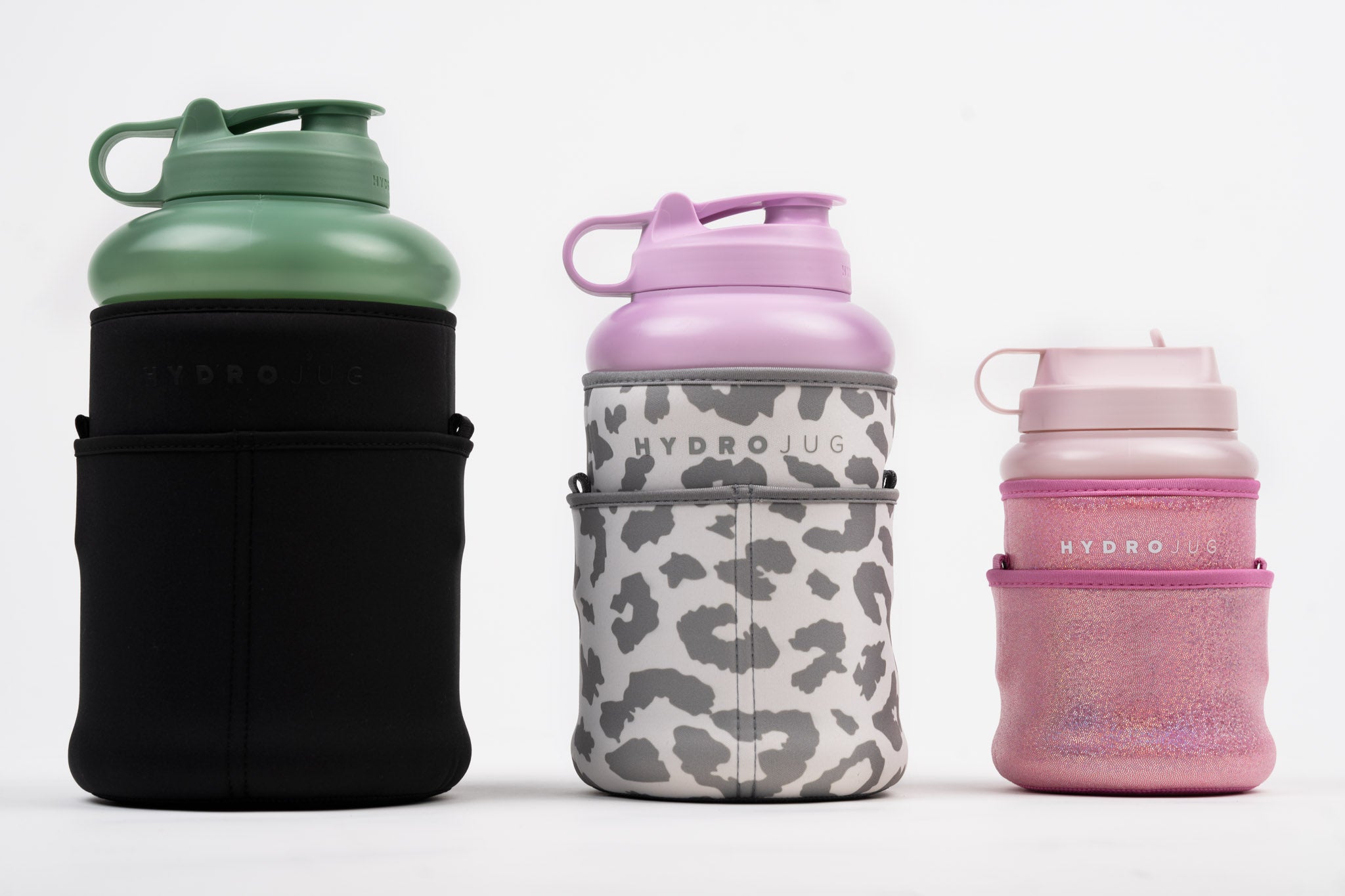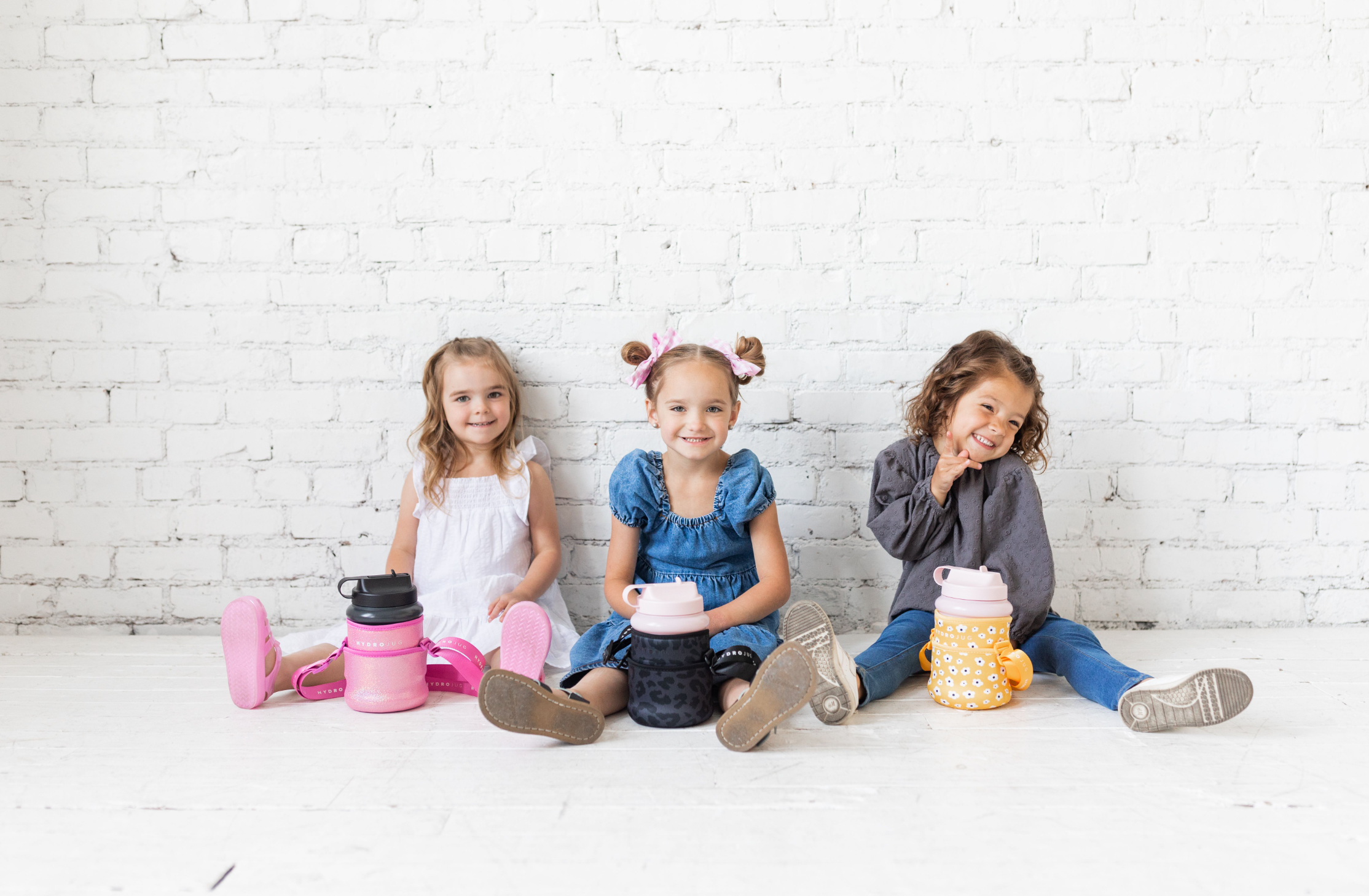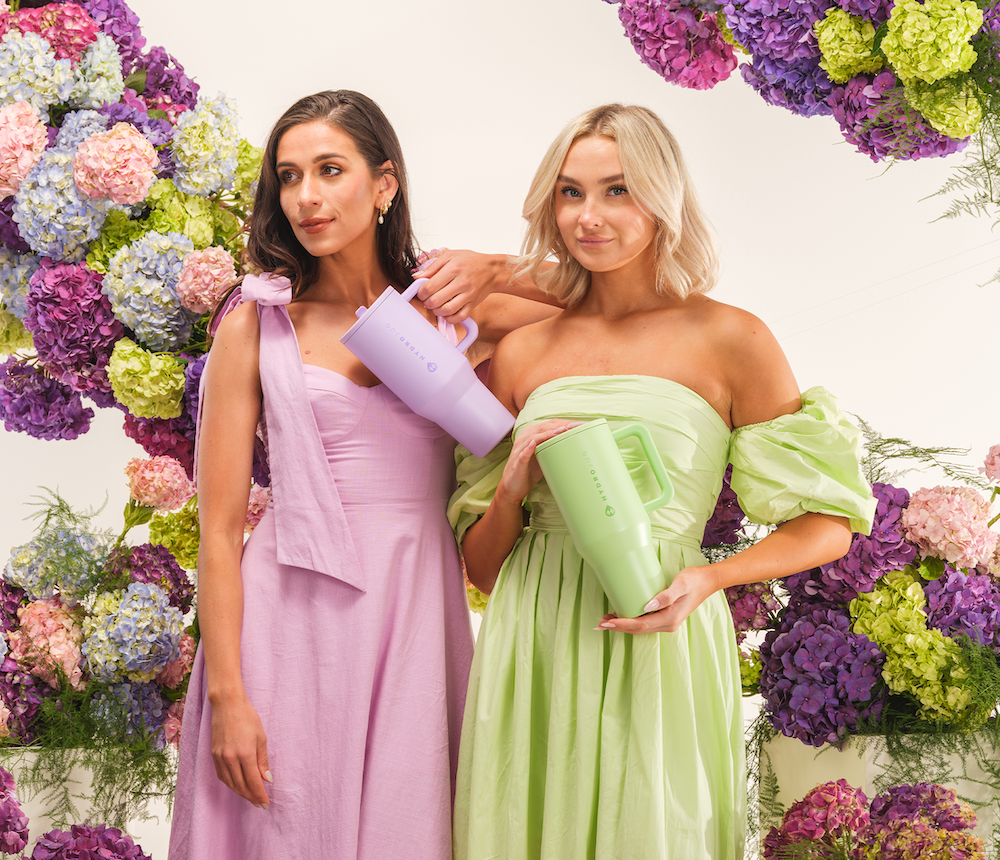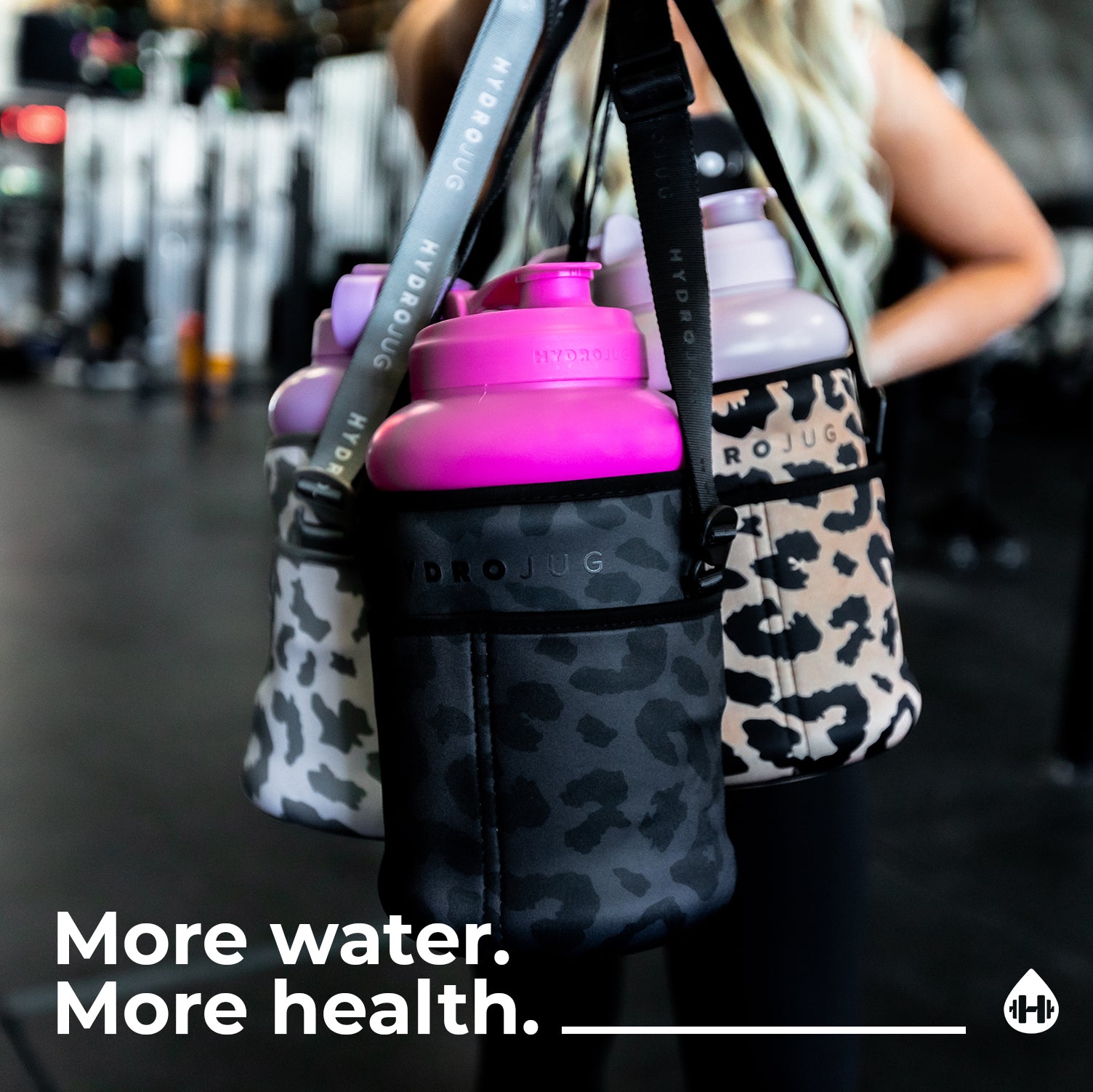
2 Liters To Ounces
Staying hydrated is crucial especially when temperatures rise. Depending on an ounce, liter, or gallon measurement, all three units share a standard for a person's hydration. To our knowledge, at least eight glasses of water are needed to say that we have taken enough fluids for the day. But, how can we easily track these numbers?
Hydration in numbers
2 liters is 67.6 ounces, or about half a gallon (US).
Looking at it in the simplest way possible, a glass of water is already one cup, and a cup equals 8 ounces cups of water. So taking it eight times a day would be 64 ounces of water, which is almost 2 liters. Meanwhile, comparing it to dry ounces, 1 liter of water would still be greater than half.
Still, it isn't enough to measure our water intake while relying solely on glass. How much water do we need every day? Health experts have divided the amount of daily water intake. In different units, it follows that these measurements should be how much water we should drink every day:
- 0.5 to 2 gal (gallons)
- 2l (liters)
- 64 fl. oz. (fluid ounces)
A gallon is the largest unit, followed by liters, then fluid ounces to understand more of the numbers above. A half-gallon of water is already equal to two liters of water. To convert a liter to an ounce is equal to approximately 33 ounces. Finally, 2 liters to 1 oz. would be at least 67 fl. oz.
Keep in mind that these measurements are based on widely-known US units. In addition, the ounce conversion between the US and UK is different in that the imperial fluid ounce is 0.028 liters while the customary fluid ounce is 0.029 liters.
Why is it important?
Because the human body needs most of the fluids it can get, we should set some limitations to keep ourselves healthy. Following the standard amount of water required per individual provides varying benefits that improve overall health. It will maintain your body temperature at a normal level, cause weight loss, and give you healthier skin.
PS, when is too much water consumption too much? Most experts would say that 3-4 liters of water can be dangerous for individuals. So, sticking to 2 liters a day would be safe and better.
Keeping yourself healthy and hydrated
If you are thinking about how you would stay hydrated for the day while following the numbers, it would be a good investment to have a water bottle with you at all times. Besides its practicality of being able to take it anywhere, some vary in designs, such as having a straw, so you won't have to worry about looking for one.
Moreover, bringing your tumbler is safe for the environment as it promotes sustainability. Everywhere you go, settling for plastic, especially bottled water or paper cups, would be quite wasteful. Instead, carrying an empty tumbler with you to fill with your preferred beverage is better.
The size and volume of water bottles depend not only on the number of ounces (fl. oz.) of water a person should drink. Rather, they are designed based on convenience to at least last for a day for the person without having to go back to the kitchen or someplace else for a refill.
Water bottle types
A water bottle can vary up to three sizes depending on the fluid ounces (fl. oz.). The list below shows the amount of fl. oz. and the corresponding converted measurement in liters and gallons.
- 32 ounce (fl. oz.); 0.25 gallons
- 64 ounce (fl. oz.); 0.5 gallons
- 124 ounce (fl. oz.); 1 gallon
Compared to the volume each tumbler type holds, the smaller the tumbler is, the easier it will be for you to carry. On the other hand, larger tumblers like a one-gallon tumbler would be heavier. So, the least heavy you would have to carry if you aim for a lightweight one is a 1-liter tumbler.
Water bottles as a motivating factor in staying hydrated
It is more convenient to have this tumbler type if you opt to stay in one place for the whole day, like at the gym. Moreover, it wouldn't be a hassle to refill it now and then with a smaller water bottle, such as a 16-oz. bottle.
Regardless of tumbler size and weight, these dimensions guarantee to meet your liquid needs with the littlest of efforts. It can also help you track your progress as to how frequently you are taking your fluids.
It carries the weight of reminding yourself now and then to drink water. The less water left in your bottle at the end of the day, the stronger your healthy habits are.
What is a HydroJug?
Of the entire tumbler sizes mentioned before, HydroJug best provides these tumblers. It goes beyond the minimum standard of hydration to guarantee that your body is getting the amount of liquid it needs. Instead of half-liter tumblers, the HydroJug is already a gallon, surpassing the number of cups you would drink daily.
The popular gallon tumbler comes in varying colors, materials, and add-ons and has the following dimensions:
- 231 cubic inches
- 0.004 cubic meters
- 0.13 cubic feet
With the HydroJug, precision would be less problematic for you to second guess how many cups you've had since it guarantees the right amount of liquid for you. Not only can it hold a volume of one gallon but also one-fourth of it, or a 32-oz. tumbler.
Wrap up
Through a unit converter, you can measure water intake and hydration in three units: For 1 liter, it is already more than a quarter of a gallon, and 2 liters of it would be half of a gallon. In ounces, 1 to 2 liters would be 33 to 67 ounces of water. Additionally, from the 8-oz. cups of water we should take eight times, health professionals suggest individuals have a fluid intake of half a gallon per day. Fortunately, HydroJug equips readily made half to one-gallon tumblers to meet hydration needs.
















